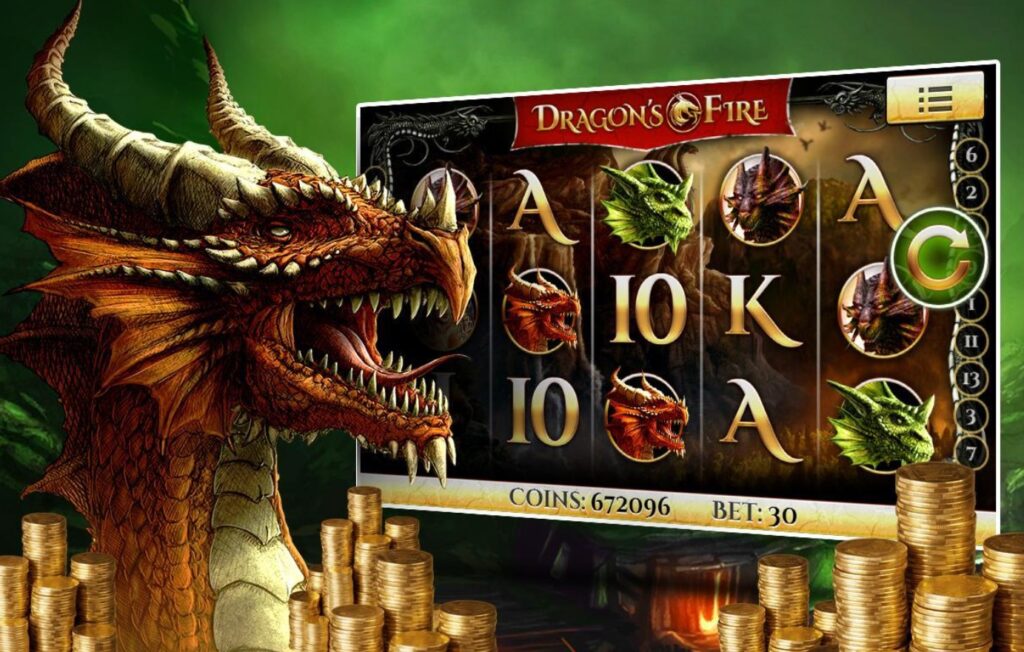Slot games, often seen as the quintessential casino game, have been an integral part of the gambling landscape for over a century. With their vibrant graphics, catchy soundtracks, and the thrill of the spin, slots have become a staple of both land-based casinos and online platforms. But what exactly makes these games so enticing, and how have they evolved over the years? This article explores the history, mechanics, and the cultural impact of situs slot gacor hari ini games.
The History of Slot Games: From Mechanical Reels to Digital Spins
The first slot machine, known as the Liberty Bell, was created in 1895 by Charles Fey, a mechanic from San Francisco. This simple device had three mechanical reels and five symbols, with the Liberty Bell being the highest-paying symbol. The objective was straightforward: line up three matching symbols to win a payout. It was a game of pure luck, with no strategy or skill involved, making it instantly popular among players.
Fast forward to the 1960s, and the advent of electromechanical machines allowed slot games to become more complex. These new machines included features like higher jackpots and the ability to track player statistics, which gave them an edge over other gambling games. By the 1990s, the introduction of video slots, which used digital displays rather than physical reels, revolutionized the industry. The graphics became more engaging, and game developers introduced innovative features like bonus rounds, free spins, and thematic designs based on movies, TV shows, and pop culture.
Today, online slots are the most widely played form of gambling. With the rapid expansion of the internet and mobile gaming, players can now enjoy slots from the comfort of their homes or on-the-go, anytime and anywhere.
Mechanics and Features: How Slot Games Work
At their core, slot games are based on a random number generator (RNG), which ensures that each spin is independent and unpredictable. The RNG produces a sequence of numbers that correspond to symbols on the reels. When a player presses the spin button, the RNG determines the outcome, and the reels stop at random positions. This ensures that every spin is fair and not influenced by previous outcomes.
Slot machines typically have three to five reels, though some games feature as many as seven or even more. The symbols on the reels vary depending on the theme of the game, but common symbols include fruits, numbers, and card suits, as well as themed symbols like animals, characters, or iconic objects.
There are also several key features that distinguish one slot game from another:
- Paylines: These are the lines that run across the reels and determine where matching symbols must land for a player to win. Traditional slots might have just one payline (the center), while modern video slots can have hundreds of paylines running in different directions.
- Wilds: Wild symbols act as substitutes for other symbols, helping players complete winning combinations. Some wilds also come with multipliers, increasing the payout.
- Scatters: These symbols trigger bonus features like free spins or mini-games when they appear in certain quantities, regardless of their position on the reels.
- Bonus Rounds: These are special features that give players extra chances to win without placing additional bets. They can range from free spins to interactive mini-games, enhancing the gameplay experience.
The Psychology Behind Slot Games: Why Are They So Addictive?
Slot games are designed to be engaging and fun, but their appeal goes beyond just the gameplay. Psychologists and researchers have studied the allure of slots, particularly in the context of gambling addiction. Several factors contribute to the appeal of slots:
- Near Misses: One of the most powerful psychological triggers in slot games is the “near miss.” This occurs when the reels almost line up to form a winning combination but fall just short. The near miss gives players the illusion that they were close to winning, prompting them to continue playing in hopes of hitting the jackpot.
- Variable Rewards: Slot games employ a reward system known as variable reinforcement, which is similar to the system used in slot machines. This means that wins are unpredictable, and the anticipation of a big payout can keep players hooked. The occasional win, especially a large one, reinforces the behavior and encourages players to continue playing.
- Sensory Stimulation: The bright colors, flashing lights, and upbeat soundtracks are all designed to heighten the emotional response of players. This sensory stimulation increases the excitement and makes the experience more immersive.
- The Allure of Big Wins: Many slot games offer massive jackpots, often in the form of progressive jackpots, which grow as more players contribute to the prize pool. The potential for a life-changing win, even though the odds are slim, is a powerful draw for players.
